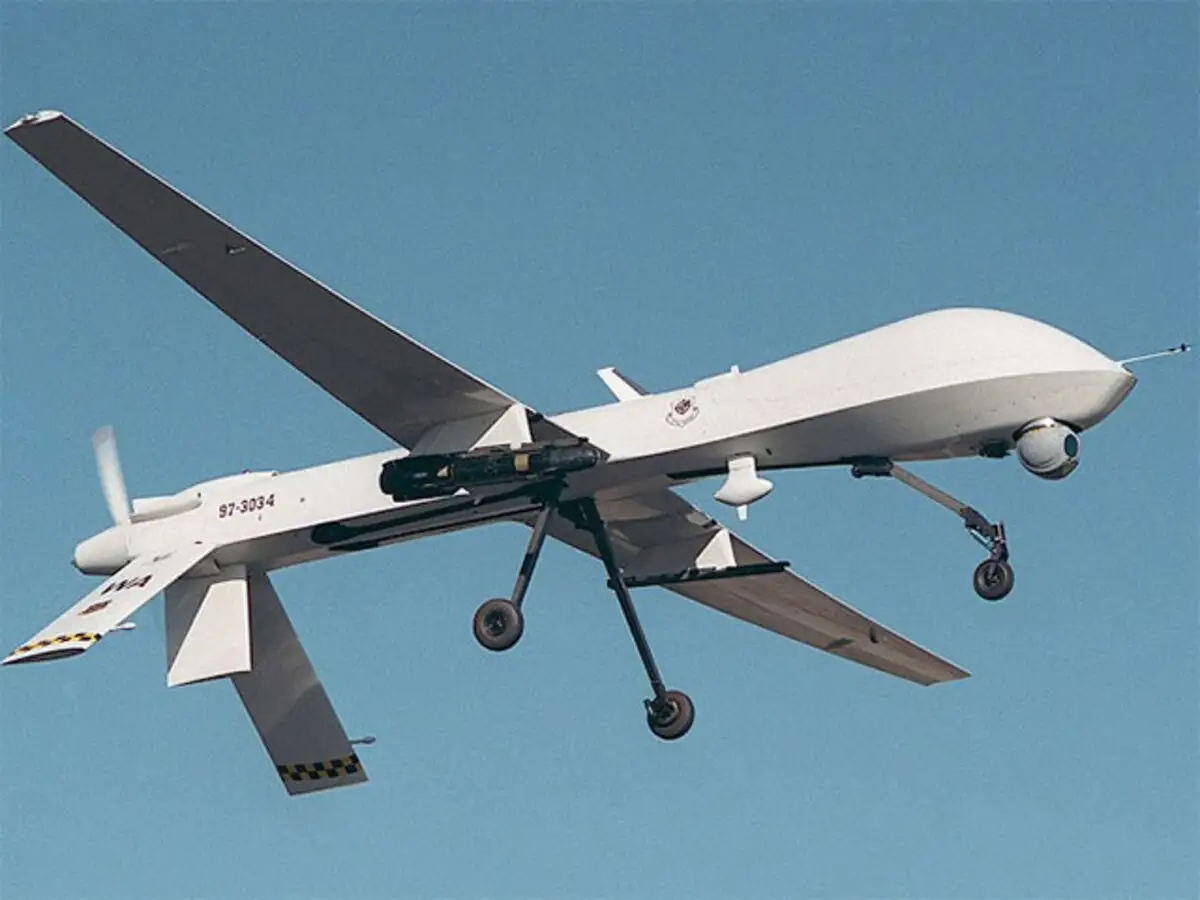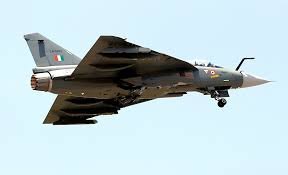One of the many challenges faced by India’s own satellite navigation system, NavIC, is the recent partial failure of the NVS-02 navigation satellite because of engine problems. In 1999, following the Kargil War, when India was unable to access the US Global Positioning System (GPS), the Indian Regional Navigation Satellite System (IRNSS) was developed.
Only five of the eleven satellites launched since 2013 are fully operational, despite the goal of having a seven-satellite constellation by 2016. The project has encountered difficulties like reliance on foreign components, launch failures, and satellite malfunctions.
Numerous satellites have encountered issues, such as rubidium atomic clock malfunctions, which are crucial for precise positioning. In 2016, for instance, IRNSS-1A’s three atomic clocks failed.
The NVS-02 satellite experienced an engine failure in 2025, and the IRNSS-1H satellite failed to detach from its launch vehicle in 2017.
Device compatibility problems and a lack of worldwide adoption have plagued NavIC. At first, some manufacturers of smartphone chips were hesitant to support NavIC.
Failures resulted from the initial importation of crucial parts, such as atomic clocks, from Europe. Currently, ISRO is giving the creation of domestic atomic clocks top priority.
The goal of ISRO’s NavIC satellite constellation expansion is to increase coverage, accuracy, and dependability.
The Indian government is pushing wearable tech companies, automakers, and smartphone makers to incorporate NavIC.
NavIC’s dual-frequency capabilities are currently being improved, which will increase accuracy for uses like defense and disaster management.


